Source: Hackster.io, author: Ish Ot Jr.
From October 6 to 8, 2020, Arm held an online DevSummit (Developer Conference), which was also the first conference since Arm renamed TechCon as DevSummit. In addition to the virtualization required by the global epidemic, the new conference reflects Arm's transformation: from the hardware-oriented TechCon of the past 15 years to a software-centric event. As Arm's own internal ratio of hardware and software engineers has dropped from 4:1 to 1:1, they must also work hard to participate in the community transformation to attract the vast number of developers that the Arm ecosystem will reach in 2020.
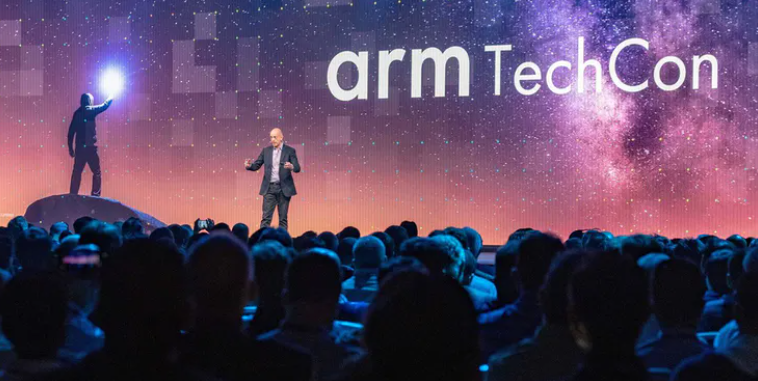
Arm CEO Simon Segars
Developers are key
One of my favorite moments early in the event was the keynote by Mark Hambleton (Vice President of Open Source Software at Arm), who described Arm as a "reverse TARDIS" and the sheer size of the Arm ecosystem, much larger than a 6,500-person company. In his keynote, Hambleton described an "Arm Developer Spec Machine" - a computer for developers that consists of more than four high-speed Arm cores, 16GB of RAM, 512GB of storage, and a standard clamshell screen design. I had the opportunity to sit down with Hambleton to discuss the Arm developer experience and learn more about his history and the future of Arm.
Hambleton’s keynote expressed the tension between Arm’s history as a hardware company and its future as a software company – and in our 1v1 conversation he made an interesting argument for this:
Hardware without software is expensive, but software without hardware is never possible.
This also laid the foundation for a theme that emerged in other sessions, workshops, technical talks and office hours: the ability for Arm hardware and software today and tomorrow to fluidly coordinate between different platforms.

Mark Hambleton
Arming developers
Hambleton is trying to achieve an "Arm development spec machine" with current hardware, which is Microsoft's Arm-based PC, the Surface Pro X, which offers instant, all-day battery and constant connectivity via LTE when Wi-Fi isn't available. I've recounted my experience waiting 20 minutes to build and launch an Android app in an ARM v8 architecture emulator, and he envisions running natively on an Arm development machine, removing the layers of emulation and cross-compilation, which would be much faster.
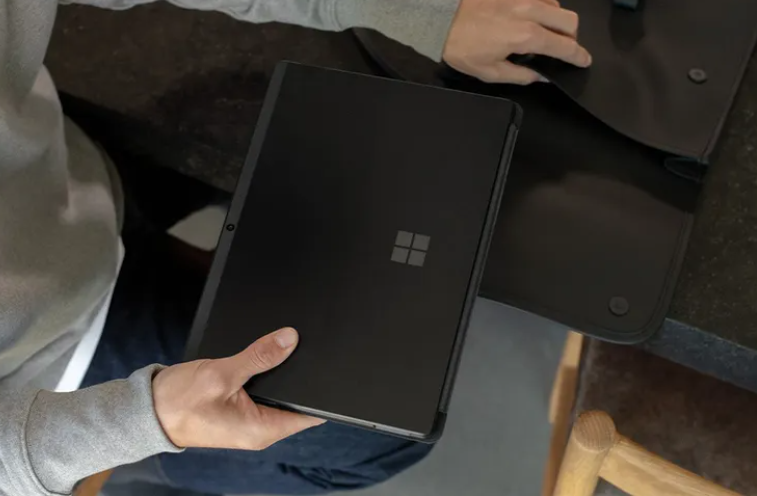
Microsoft SQ-2 Surface Pro X
From embedded to supercomputer
在第二天的主题演讲中,Rene Hass进一步扩展了互操作性的概念,他设想使用一种通用的架构和技能来增强从嵌入式到移动再到服务器和云的开发人员的能力。在最后一天的主题演讲中,在Ian Smythe(Arm市场营销副总裁)的推动下,Hambleton、Jem Davies(Machine Learning Group副总裁、总经理兼研究员)和Richard Grisenthwaite(Arm高级副总裁、首席架构师兼研究员)之间进行了圆桌讨论。这次谈话的亮点包括:在Arm的安全体验基础上构建数十亿台设备的“众包”、采用新的内存标记扩展、在当前架构上执行20年前的代码的能力、以及在嵌入式微型Arm MCU上运行相同的机器学习代码的想法,就像在数据中心甚至超级计算机中一样。
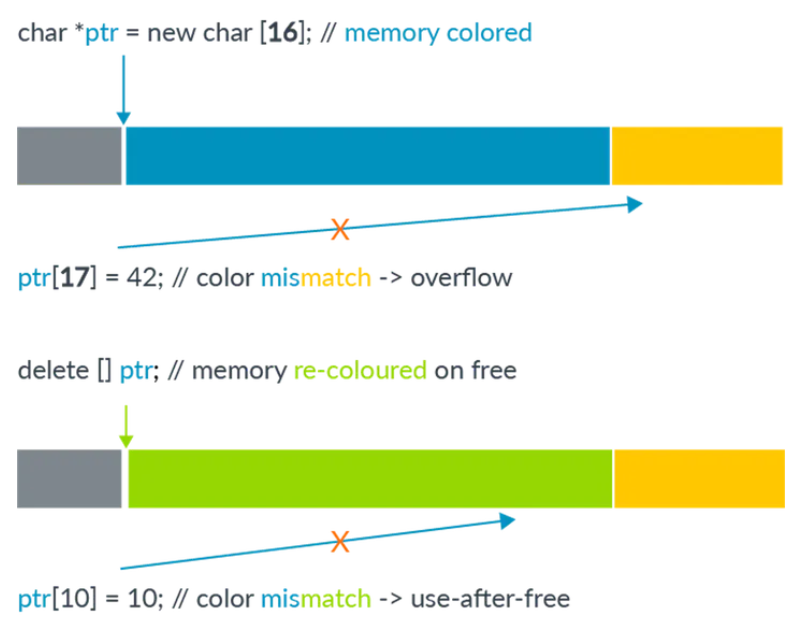
Star-Powered Office Hours
Another highlight of DevSummit was the Star-Powered Office Hours. After attending a technical session by Massimo Banzi on low-code AIoT development, attendees had the opportunity to ask the affable Arduino co-founder any questions and hear anecdotes about Arduino's past, present, and future. Wednesday's office hours session was a chat with Raspberry Pi creator Eben Upton.

Arduino co-founder Massimo Banzi
Hardware Practice Seminar
I had the pleasure of attending three hands-on hardware workshops. The first focused on secure device management using Arm's Pelion IoT platform, targeting the Infineon (Cypress) PSoC 64-bit secure MCU. Participants used Arm's new Mbed Studio IDE and Cypress's cysecuretools package to securely provision and update their devices. Despite being virtual, the experience was very enjoyable.
The second workshop I attended was a fascinating introduction to the balenaCloud fleet management platform, led by David Tischler. Participants learned how to deploy a sophisticated environmental monitoring system and dashboard to a Raspberry Pi with the click of a button from a GitHub repository, or with a few simple balenaCLI commands.
The third session saw Kwabena W. Agyeman show workshop attendees how to train a CNN for image recognition from scratch using the new OpenMVCamH7 Plus. If that wasn’t exciting enough, attendees used OpenMV’s new RPC library to connect their camera to an Arduino Nano 33 BLE board via SPI, allowing them to output the camera’s classification to the Arduino serial.
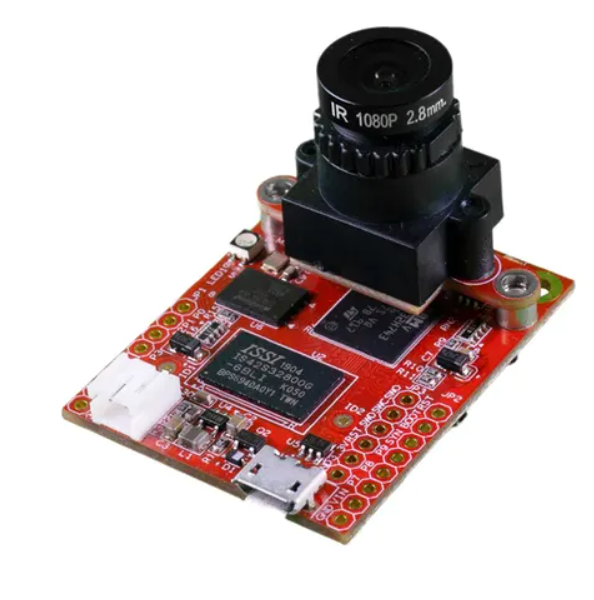
OpenMV Camera
Let's talk about hard technology
That was 143 meetings in total, 4 hours a day, over 3 days, so it was hard to schedule everything.
Arduino's Massimo Banzi built an end-to-end tinyML IoT application on the new Arduino Portenta board (and released the updated Vision Shield), using a "low-code" approach powered by Arduino and its Pelion-based IoT cloud.
Packet’s Ed Vielmetti demonstrated temperature monitoring for a range of devices, while the Travis CI team gave a quick overview of AWS Gravion2 integration.
Finally, James Greenhalgh from Arm presented optimizations in the GCC compiler.
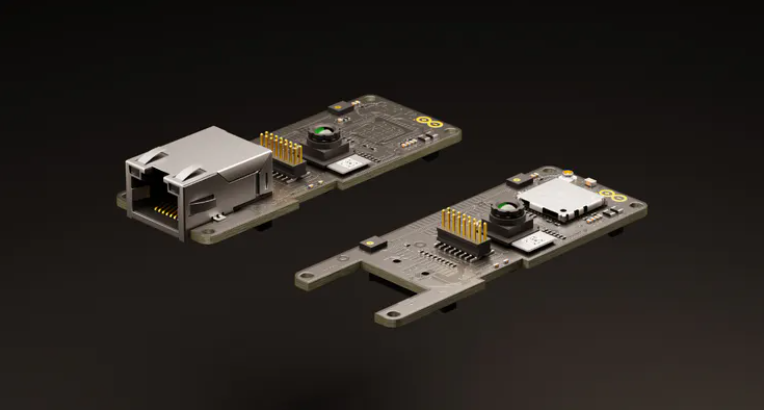
Arduino Portenta Development Board
Strength of partners
In addition to Arm’s big announcement, Arm partners also shared a lot of exciting new and upcoming technologies. In addition to Arduino’s announcement of the Portenta Vision Shield, one of the technologies that caught my attention the most was the Mojo-Lens smart contact lens – a smart contact that can provide a multitude of AR experiences without taking up any space.
Microsoft is still domineering - not only launched the Arm-based Surface Pro X, which was updated with a new SQ2 processor, but also cooperated with many Azure, including Project Santa Cruz, an Azure-based rapid machine learning development solution, and an Azure-based tool chain, the goal is to support Arm-based chips in AI devices. VisualStudio has released an ARMv7/ARM64 version, which means that finally developers can use Microsoft's code editor on Raspberry Pi or other embedded devices without community source code to provide solutions.
Ampere’s Altra cloud-native processor is a striking example, with its 80 single-threaded cores allowing a processor with up to 3,200 threads to be crammed into a standard 42U rack, compared to the 2,240 that a traditional processor can have.
Another standout was the NeoSensor Buzz, a wristband that converts sound into vibrations to give the wearer an extra sense of interactivity. Last but not least, the darling of the event was Misty, a robotics development platform that enables JavaScript and .NET developers to implement complex “skills” without having to spend months on hardware first.
Interoperability across systems
Continuing the theme of interoperability across hardware, Arm announced their SystemReady program - extending the existing ServerReady program from the cloud to the edge, including four products: SR (ServerReady), ES (Embedded ServerReady), IR (IoToReady) and LS (LinuxBoot ServerReady) to prove that software "just works" on approved systems. The first to receive ES certification is the Raspberry Pi.
VMware released ESXi Arm Flings during the event, which got everyone very excited! While this strange collection of letters may seem like just a hard scramble to some, ESXi Arm is VMware's hypervisor ported to Arm, allowing the hardware to be partitioned into multiple virtual machines. Flings have over 150 applications and tools packaged to be deployed on Arm-based hardware, such as Raspberry Pi or Ampere-eMAG-based servers.
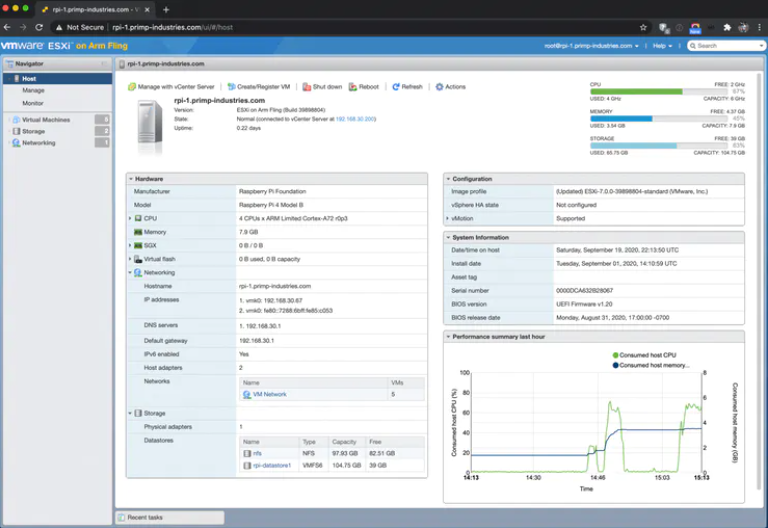
VMware releases ESXi Arm Fling during event
64-bit Arrives
A key announcement from the event was Arm's decision to exclusively support 64-bit "big" cores on Cortex starting in 2022. While 60% of mobile apps are already 64-bit, Paul Williamson, Arm's vice president and general manager, explained that existing mobile games, for example, could get more than 16% frame rate improvements simply by compiling them to 64-bit instead of 32-bit. And the new generation of CPUs, codenamed Matterhorn and Makalu, promises to deliver 30% performance improvements over today's Cortex-a78.

Arm processor core roadmap
Conclusion
Despite being forced to attend a virtual event this year, Arm’s DevSummit was a huge success with over 11,000 registered attendees. Many of the outstanding sessions will be available to watch live and also accessible on YouTube.
Previous article:NXP launches AI ethics initiative to make edge ML and AI safer
Next article:Mouser Launches E-Book "Artificial Intelligence: The Next Wave in Life Sciences"
Recommended ReadingLatest update time:2024-11-16 12:59



- e-Network Community and NXP launch Smart Space Building Automation Challenge
- The Internet of Things helps electric vehicle charging facilities move into the future
- Nordic Semiconductor Launches nRF54L15, nRF54L10 and nRF54L05 Next Generation Wireless SoCs
- Face detection based on camera capture video in OPENCV - Mir NXP i.MX93 development board
- The UK tests drones equipped with nervous systems: no need to frequently land for inspection
- The power of ultra-wideband: reshaping the automotive, mobile and industrial IoT experience
- STMicroelectronics launches highly adaptable and easy-to-connect dual-radio IoT module for metering and asset tracking applications
- This year, the number of IoT connections in my country is expected to exceed 3 billion
- Infineon Technologies SECORA™ Pay Bio Enhances Convenience and Trust in Contactless Biometric Payments
- Innolux's intelligent steer-by-wire solution makes cars smarter and safer
- 8051 MCU - Parity Check
- How to efficiently balance the sensitivity of tactile sensing interfaces
- What should I do if the servo motor shakes? What causes the servo motor to shake quickly?
- 【Brushless Motor】Analysis of three-phase BLDC motor and sharing of two popular development boards
- Midea Industrial Technology's subsidiaries Clou Electronics and Hekang New Energy jointly appeared at the Munich Battery Energy Storage Exhibition and Solar Energy Exhibition
- Guoxin Sichen | Application of ferroelectric memory PB85RS2MC in power battery management, with a capacity of 2M
- Analysis of common faults of frequency converter
- In a head-on competition with Qualcomm, what kind of cockpit products has Intel come up with?
- Dalian Rongke's all-vanadium liquid flow battery energy storage equipment industrialization project has entered the sprint stage before production
- Allegro MicroSystems Introduces Advanced Magnetic and Inductive Position Sensing Solutions at Electronica 2024
- Car key in the left hand, liveness detection radar in the right hand, UWB is imperative for cars!
- After a decade of rapid development, domestic CIS has entered the market
- Aegis Dagger Battery + Thor EM-i Super Hybrid, Geely New Energy has thrown out two "king bombs"
- A brief discussion on functional safety - fault, error, and failure
- In the smart car 2.0 cycle, these core industry chains are facing major opportunities!
- The United States and Japan are developing new batteries. CATL faces challenges? How should China's new energy battery industry respond?
- Murata launches high-precision 6-axis inertial sensor for automobiles
- Ford patents pre-charge alarm to help save costs and respond to emergencies
- New real-time microcontroller system from Texas Instruments enables smarter processing in automotive and industrial applications
- Writing ZigBee Module in IAR
- Is there any software that can quickly derive the equivalent impedance formula for a multi-stage LC series-parallel circuit?
- "Random Talk" about Domestic RISC-V MCU
- When studying the working principle of RCD circuit, what is the energy accumulated in the parasitic inductance?
- There is a spike after the rectifier bridge, which cannot be clamped by a varistor.
- [Chuanglong TL570x-EVM] Solve the problem of domain name ping failure
- 【Silicon Labs BG22-EK4108A Bluetooth Development Evaluation】Part 2: Create a new project and control and print logs through a mobile phone
- ESP8266EX——Knowledge Sharing on Clock and RF
- Virtual static random access memory in mobile and portable applications
- Fatal Error[Pe1696]: cannot open source file "stm8s.h"

 usb_host_device_code
usb_host_device_code Multithreaded computing in embedded real-time operating systems - based on ThreadX and ARM
Multithreaded computing in embedded real-time operating systems - based on ThreadX and ARM
















 京公网安备 11010802033920号
京公网安备 11010802033920号